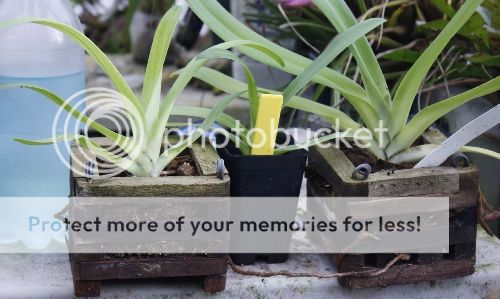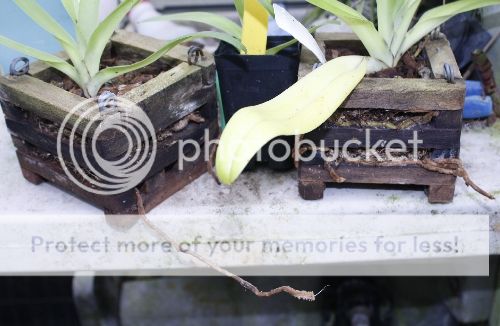But those N fixing organisms are every where in the soil and on leaves and ALL plants and trees utilize them not just orchids and they need a massive root system to gather it.
In Nature they are everywhere. But in captive environments they are largely missing.
You can grow a plant in the ground well without fertilizer
Not in my yard!
but put it in a pot and you need to feed a lot to get even close to the same growth wether there is N-fixing or not.....and there usually is.
That is the old school way of thinking. Other organisms besides N-fixing exist and provide various forms of nutrients for plants and more than just N. Learning the correct nutrient ratios is allowing the use of less fertilizer in container growing.
So in cultivation the N-fixing factor is largely irrelevant and not to be relyed on.
Again you are using "old school thinking". Better way...If we can't have living organisms in our pots then we need to learn to mimic the nutrients they provide to the plant types we grow. Historically we just pour on as much fertilizer as we can without damaging the plant and assume the plant will only take just what it needs and no more. New fact.... plants do over eat and in so doing get in less than perfect physical condition.
Show me those fantastic orchids
I use fertilizer, way too much! I was referring to previous comments about people that grow specimen plants and never or rarely fertilize, didn't you say that a few times?

oke:





